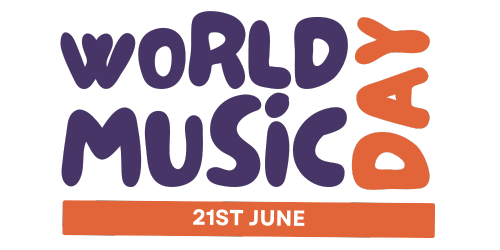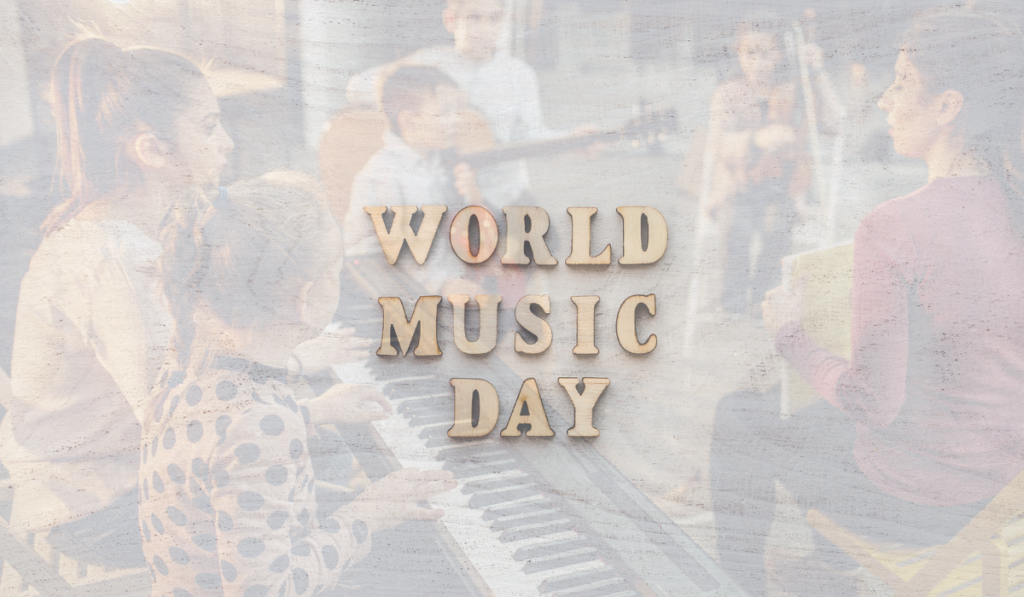Music is an incredibly powerful tool for language learning, and incorporating world music into ESL/ELL instruction can greatly enhance the learning experience for students. Not only can music help to develop listening, speaking, reading, and writing skills, but it can also make the learning experience more engaging and enjoyable for students. Additionally, world music can be used to expose students to different cultures and promote cultural understanding, creating a more inclusive and diverse learning environment.
One of the main benefits of using music in language learning is that it is a universal language that can transcend cultural and linguistic barriers. It is a unique medium for expressing emotions and ideas, and it can be used to help students develop their language skills in a way that is both engaging and meaningful. Additionally, music can be a powerful motivator, helping to create a more positive and relaxed atmosphere in the classroom, which can be especially beneficial for students who may be struggling with the language or feeling anxious about learning.
When incorporating world music into ESL/ELL instruction, it is important to choose songs that are appropriate for the students’ level of language proficiency. This will help to ensure that students can understand the lyrics and relate to the content of the song. One way to use world music in the classroom is to play songs and have students listen to them while following along with the lyrics. This can help to develop listening comprehension and vocabulary skills, as well as provide students with an opportunity to practice reading and writing in the target language. Additionally, songs can be used as the basis for conversation and discussion activities, which can help students to develop their speaking and communication skills.
Another way to incorporate world music into ESL/ELL instruction is by using it as a springboard for cultural exploration and understanding. Music is an excellent way to expose students to different cultures, and by listening to and discussing world music in the classroom, students can gain a deeper understanding and appreciation for the cultures represented in the music. This can be especially beneficial for students who may not have had much exposure to other cultures, as it can help to promote cultural understanding and tolerance.
In addition to these ideas, teachers can also create activities and exercises that require students to create their own music, like songwriting or composing music. This can help students to develop their creativity and express themselves in a new way, and it can be a fun and engaging way to get students to use the target language.
In conclusion, the power of music in language learning is undeniable. Incorporating world music into ESL/ELL instruction can enhance the learning experience for students, helping to develop their listening, speaking, reading, and writing skills, while also making the learning experience more engaging and enjoyable. Additionally, world music can be used to expose students to different cultures and promote cultural understanding, creating a more inclusive and diverse learning environment. With the right approach and careful selection of materials, music can be an invaluable tool for language teachers to use in their classrooms.



